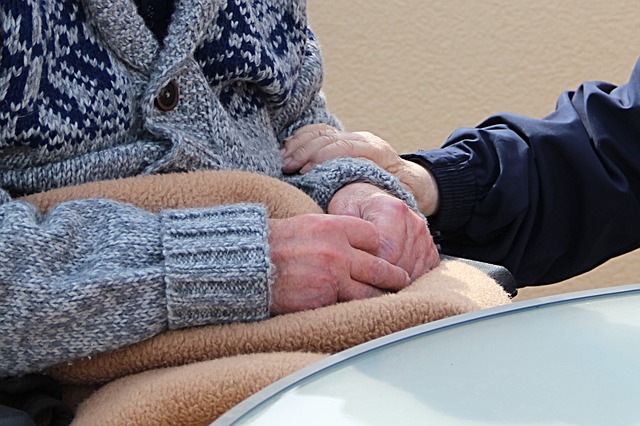Medication errors are a pervasive problem in our healthcare system. In fact, experts estimate that, in one form or another, more than 7 million Americans experience a medication error each year. These mistakes are costly – estimated at over $21 billion – and preventable. And while younger individuals may notice the wrong pill in the bottom or may be strong enough to handle the unintended consequences of improper medication administration, seniors are not always so lucky.
Particularly in nursing homes, which are often understaffed, medication errors are rampant. The question many experts are asking is whether these medication errors are often serious. The news is complicated; errors remain common but most don’t seem to be serious. Others warn, however, that errors are likely underreported and that the medical coding system makes it easy to cover up error-related deaths. Under a different system, the CDC argues that medication errors might be the third most common cause of death among nursing home patients.
So, who’s right about medication errors? It depends on what questions you’re asking and what constitutes an error. If you’re responsible for the health and safety of an older adult, here’s what you need to understand about medication administration, particularly within nursing home settings.
Types Of Errors
There are several different ways to classify medication errors and, if you were an individual taking your medications at home, you might not even consider some of the major components to be problems. As described by the Nursing Home Law Center, federal law requires skilled nursing facilities to keep errors within a 5% margin. This margin is broadly defined, but includes errors such as not mixing medication as directed, giving medications at the wrong time, or not dosing the last small portion of a medication.
Errors within this 5% window don’t impact licensing and they’re the types of medications many people make at home when administering their own medications. Simply put, these errors are unlikely to result in a poor outcome. More serious errors, however, can lead to major side effects like tremor, coma, and even death – and they can lead to legal action against the nursing facility.
Prevention Processes
Given the potential problems stemming from improper medication administration, nursing homes need to invest in better prevention practices. That starts with increasing staffing level, a strategy that could also help prevent nursing home abuse. These facilities are chronically understaffed because of low pay and poor management and have a high rate of turnover. That means staff also aren’t familiar with patients’ care regimens and are more likely to make mistakes.
In addition to increasing staffing levels, nursing homes can decrease error rates by adopting a strong medication reconciliation program. These programs first perform internal checks to ensure that medications don’t conflict with each other, as well as ensure that there aren’t any differences between various medical records. Reconciliation processes are especially important in nursing homes, as many patients will not be able to independently verify their treatment plans.
Finally, as part of reducing error rates, nursing homes should minimize high-risk behaviors, such as not properly disposing of discontinued medications or medications from discharged patients, improperly transporting medications, or administering medications without fully reviewing the label directions. By building good habits around medication preparation and administration, nursing facilities can improve patient outcomes and help minimize error rates at their facilities.
Nursing home residents are some of the most vulnerable members of our society and they deserve careful and appropriate treatment. It will take focused attention – specifically on the management side – to implement these changes, but it’s necessary and facilities need to take their responsibilities more serious immediately. Patients have already waited too long and they’re suffering the consequences.




